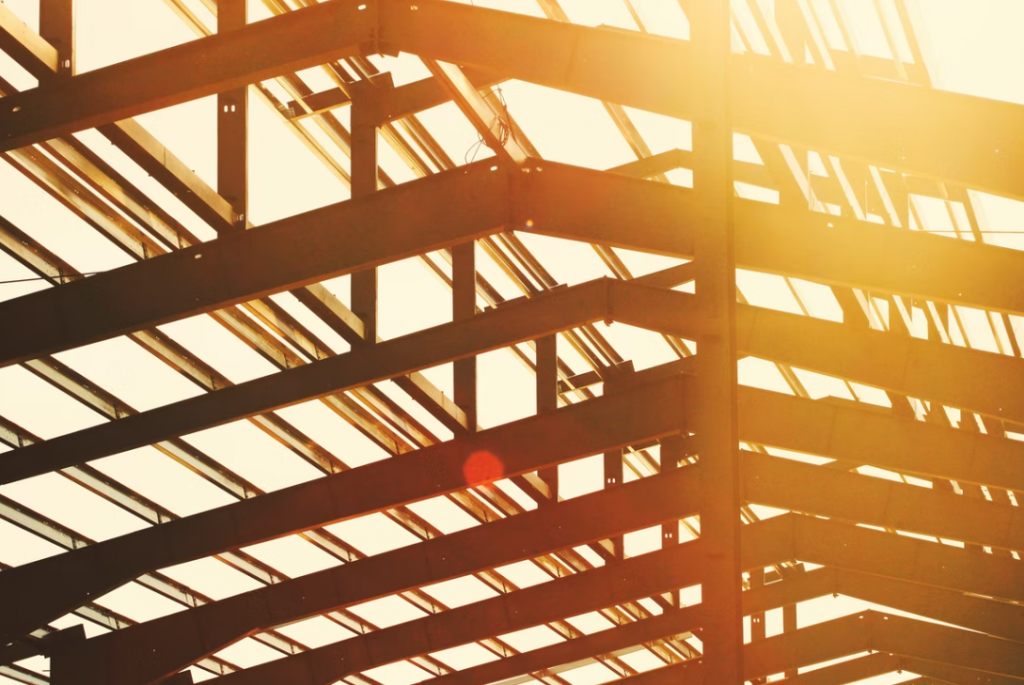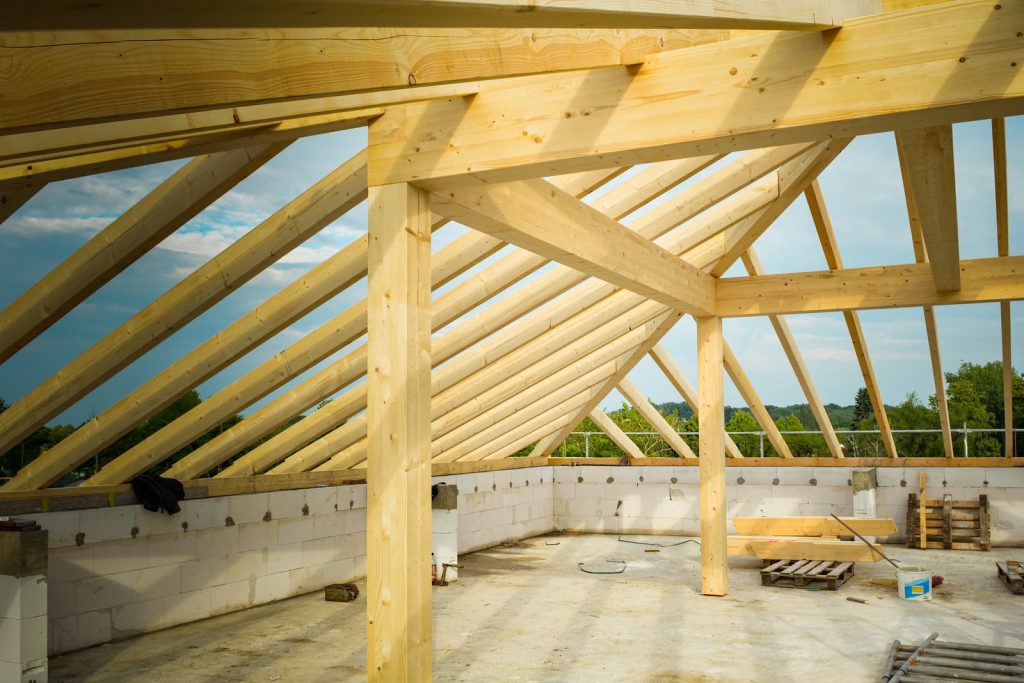In the fast-paced world of data centers, maintaining optimal cooling is essential to ensure the smooth operation of equipment and

There are various construction methods you can use when building your home. For instance, you can use traditional methods like masonry and earthen-block construction, popular methods like stick-built homes, or opt for modern methods such as light-gauge steel framing.
But, how do you select the best building method or material for your upcoming project? Read on to discover the commonly used building methods available to help you find the best one for your needs!
Most commercial and residential buildings are constructed around a frame that supports the structure. The framing can be classified into 2 categories; light framing and heavy framing. As you would expect, light framing is mainly used in residential buildings, while heavy framing is used in most commercial structures.
A good example of heavy framing is timber framing/ post-and-beam construction method and heavy steel framing, commonly used in large commercial buildings and skyscrapers. Timber framing involves using large, heavy timber beams instead of wood cut to standardized dimensions like 2 X 6 or 2 X 4, otherwise known as dimensional lumber. On the contrary, light framing involves the use of light-gauge steel or dimensional lumber., while its structural wooden or steel skeleton is assembled piece by piece.
Other commonly used construction methods include reinforced or reinforced concrete, masonry, SIPs (Structural Insulated Panels), and rammed-earth blocks. Most of these constructions are normally used together with frames in North America, but they can also be used independently.
Some home builders use other less-used construction methods like masonry for their specific aesthetics or properties. Traditionally, masonry with stone or concrete was used as a stand-alone home construction method. However, nowadays it’s commonly used in conjunction with wood frames, with a layer of stone or brick added to the frame as veneers.
Concrete refers to a material that is made from a mixture of sand, cement, gravel, and water. It is mainly used in civil engineering projects and commercial buildings, but it can also be used in residential buildings. Due to its strength, concrete can support a lot of weight, especially when it’s reinforced through rebars (embedded steel bars).
In addition, concrete is used together with rigid panels (Insulated Concrete Forms) in some areas across the country. ICFs (Insulated Concrete Forms) are made by pouring concrete in between polystyrene foam rigid panels. In some instances, rebars can be used to provide extra strength internally and help the exterior panels stay in place once the mixture sets.

Steel is one of the most commonly used construction materials in commercial buildings since the 19th century. More importantly, the steel used in construction can be classified into 2 types; cold-formed and hot-rolled.

Cold-formed steel
Cold-formed/ light gauge steel is incredibly strong but much thinner than its hot-rolled counterpart. For that, it can be laser-cut, punched, and folded, thus allowing for more customization and precision.
Hot-rolled steel
Sometimes referred to as ‘structural steel’, hot-rolled steel is made using an industrial process that involves high heat. This results in thick and strong columns and beams that are commonly used in commercial buildings. These beams can also be used in high-end residential buildings with large spans that require the additional strength of I-beams. However, hot-rolled steel is rarely used in most residential projects due to its high cost.
Steel-framed structures are built the same way as platform-framed wood homes. To be precise, individual beams are assembled piece by piece on the site to form the building’s skeleton structure. However, dimensional lumber in wood-framed structures is cut to fit on-site, while steel parts are precisely sized at an off-site factor during production. Therefore, less work will be needed on the site when building a steel-framed home compared to a wood-framed structure.
In addition, steel provides greater flexibility than platform frames in the design process. For instance, it allows for large open spans, greater spacing between vertical studs, and other areas that need more structural strength than what dimensional lumber can offer.
Engineered Wood Products are materials that are made by binding wood veneers, particles, and fibers with adhesives. These materials are then used in the construction of framed home structures. Good examples of EWPs are wood panels like OSB (Oriented Strand Board) and plywood. These panels are attached to studs of framed walls to act as the wall surfaces and offer additional structural support. In addition, Engineered Wood Products are also available in the form of engineered beams and posts. These posts are stronger than dimensional numbers and are mainly used for specialty construction projects.
SIPs (Structural Insulated Panels) are also a form of EWPs. They’re made of an inner insulated foam core layer sandwiched between 2 sheets of OSBs or other EWps. The size and strength of SIP panels provide some benefits over standard platform framing for specific types of building design.

Stick/ Platform wood framing is the most commonly used construction method in the United States and Canada. The method involves assembling individual pieces of dimensional lumber on-site to form a home frame.
However, you need to build the foundation or platform first, then use vertical lumber pieces to build the walls of the 1st level of your home. Next, build an additional platform for the 2nd story floor and anchor walls into the platform. The whole framed structure usually sits on a concrete foundation that is laid before the building starts.
Platform framing is usually done using 2 X 4s studs spaces at 12, 16, or 24” to make up the walls. In addition, these studs are uniformly placed to serve as structural support for the walls. Once the frame is completed, other tasks like paneling, insulation, and wiring are installed, followed by finishing interior and exterior elements.
Generally, platform wood-framed structures are constructed using all load-bearing walls and rafters to support pitched roofs. More importantly, all aspects of platform-framed structures must strictly adhere to the set building codes. On the downside, this makes it a bit challenging to use this method to build homes with different architectural elements like cantilevers, large spans, and window walls.
Final Word
Overall, wood frame is still the most commonly used construction method for building residential homes. However, other techniques like concrete and steel framing are also widely used. Every method has its benefits and most builders use a combination of materials and techniques to create a comfortable and customized building for the homeowners. To learn more about the best construction method to use for your residential project in California, contact InnoDez Design & Engineering today.
About Author
InnoDez